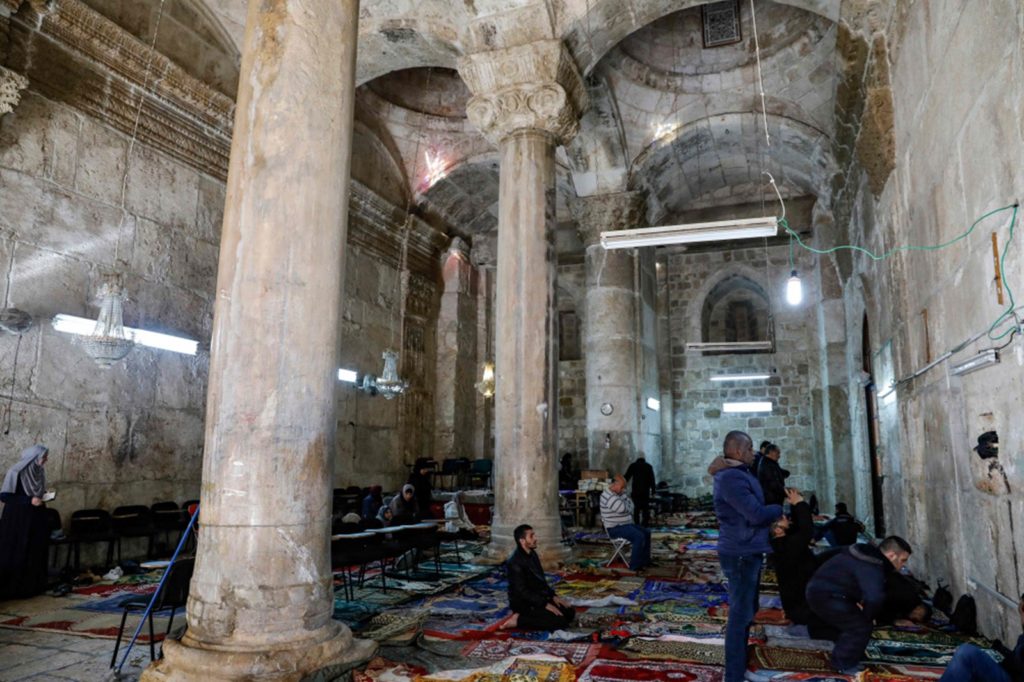A statue likely depicting an Ammonite king in the 9th or 8th centuries BC was discovered near the Roman theater in Amman.
“Egypt’s antiquities ministry on Saturday unveiled a 4,500-year-old burial ground near the Giza pyramids containing colourful wooden coffins and limestone statues.”
Jerald Starr argues that a plaque discovered by Sir Leonard Woolley near Ur depicts a temple prostitute.
Gabriel Barkay provides a tour of important archaeological sites in east Jerusalem.
Roman buildings like the Colosseum may have withstood earthquakes because of “seismic cloaking,” though it’s questionable whether this design was intentional.
John DeLancey is summarizing each day of his current tour to Israel, with the latest post about their visit to the Judean desert, the hill country of Samaria, Shiloh, and Beth Shean.
The Tel Burna Excavation team has released their lecture and tour schedule.
Carl Rasmussen explains and shows how early churches may have met in a second-story room above a shop.
Justin Taylor interviews Weston Fields about the history and significance of the Dead Sea Scrolls.
Clyde Billington and Gordon Govier discuss what the Bible has to say about horses and dogs on The Book and the Spade.
BiblicalCulture.org is offering a three-month long summer course in Biblical Hebrew. No previous knowledge is necessary. Classes begin in June.
The Temple Mount Sifting Project is beginning a crowdfunding campaign in order to move and resume their operations as well as publish their results.
Helga Weippert passed away in March.
HT: Agade, Joseph Lauer, Charles Savelle, Ted Weis, Keith Keyser, Chris McKinny
